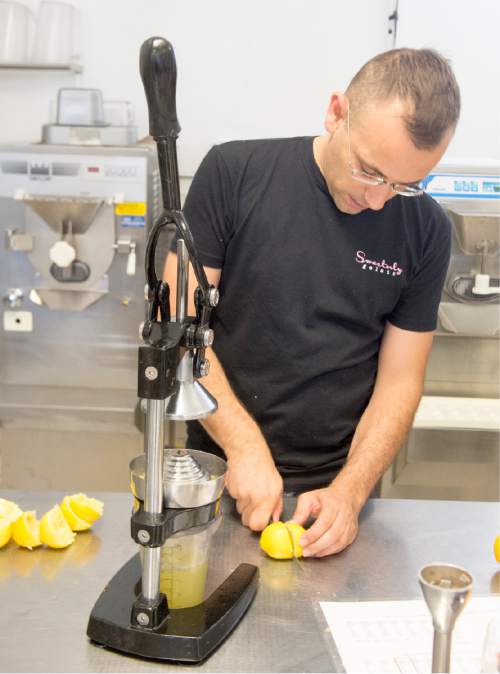This is an archived article that was published on sltrib.com in 2016, and information in the article may be outdated. It is provided only for personal research purposes and may not be reprinted.
The decision around whether to go back to work after having a baby — and pay for childcare — is already difficult.
American parents can now add another stark financial figure to their calculations: Each lost year of employment could cost a family more than three times a parent's annual salary.
They're missing out on a regular paycheck, but also the opportunity costs including lost wage growth and retirement assets, according to a report released Tuesday from the Center for American Progress.
"Given the importance of parents' careers in ensuring financial stability for their children, it's a sign we're not thinking through childcare as an economic problem when parents are deciding to take time off or not without good tools to see how it affects their incomes," said Michael Madowitz, co-author of the report and an economist at the liberal Washington-based research institution.
Unlike other big life decisions, such as buying a home or planning retirement, financial factors around taking time off for childcare are not well enough understood, Madowitz said.
The actual costs are compounded by the fact that many new parents are just starting their careers, meaning even a mild interruption in earnings can have a big impact over the ensuing decades in the labor force.
To illustrate how quickly the losses can add up, the CAP analysts developed a graphic that allows users to input factors such as gender, age, salary, and planned time out of the labor force.
A hypothetical 26-year-old female worker with a salary of $44,000 a year would therefore lose about $706,778 in lifetime income from taking five years off to care for a child.
About 65 percent of children younger than 5 years of age have all co-habiting parents in the workforce, Annie E. Casey Foundation data show.
With childcare costs topping 14 percent of a married couple's median earnings in some of the most populous states, the decision of whether or not to work outside the home becomes even more complex.
The calculation is far more strained for those who have a smaller wealth cushion: Those below the poverty line spend an average 36 percent of their annual income on childcare, compared with 9 percent for all families with children under age 5, according to separate CAP calculations using Census Bureau data.
The soaring costs for hired childcare and lack of more family-friendly workplace policies in the U.S. have been widely blamed for the dwindling number of women in the labor force, as they opt instead to stay home to care for their children.
Participation among working-age women has declined to 56.7 percent from a high of 60.3 percent 16 years ago.
Countries that support greater flexibility in workforce policies - including paid parental leave, higher-quality childcare and elderly care — typically have higher rates of employment among women, according to a report on the U.S. economy issued last week by the Organisation for Economic Co-operation and Development.
"The lack of paid family leave programs in the U.S., in combination with high childcare costs in the U.S., is a big reason why participation rates and the return of women to work after the birth of a child is still a struggle for many low- to middle-income families," said Aparna Mathur, a resident scholar on economic policy at the Washington-based American Enterprise Institute.
"These are not just women's issues but are a matter of economic importance."































